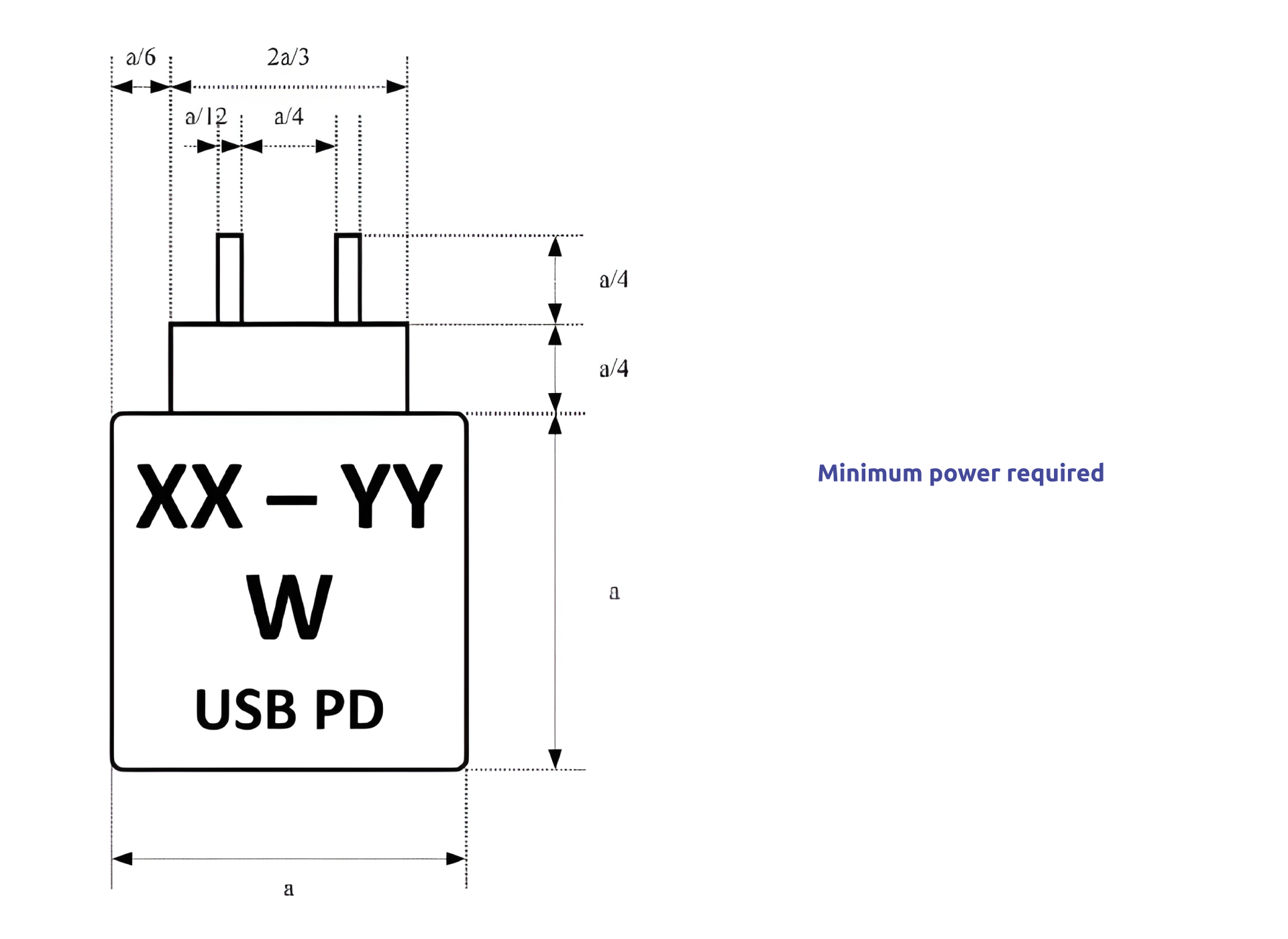The Requirement for a Harmonized Charging Interface under the RED Directive
Regulation (EU) 2022/2380: Mandating USB-C as the Common Charging Standard
Regulation (EU) 2022/2380 amends the RED Directive to introduce USB Type-C as a universal charging interface across a wide range of portable electronic devices sold in the EU. This step aims to:
- Enhance interoperability between devices and chargers.
- Reduce electronic waste (e-waste) by minimizing redundant chargers.
- Improve consumer convenience with a single, reliable charging standard.
Why USB-C?
The USB Type-C standard was chosen because it:
- Supports high-speed data transfer and efficient power delivery (up to 240W).
- Is widely adopted, reducing fragmentation across device ecosystems.
- Simplifies charging and connectivity for consumers while supporting future technological advancements.
Key Benefits of Standardizing USB-C
- Supports the European Green Deal by reducing e-waste.
- Minimizes the need for producing and disposing of multiple proprietary chargers.
- Lowers raw material extraction for unnecessary charger production.
- Allows a single charger for smartphones, tablets, headphones, cameras, and more.
- Eliminates confusion around charger compatibility, especially during travel.
- Reduces consumer costs through unbundling chargers from device sales.
- Ensures devices from different manufacturers can use the same charger.
- Sets minimum performance requirements for fast charging.
- Encourages market consistency across the EU.
- USB-C supports higher power delivery, making it suitable for future high-performance devices.
- Allows manufacturers to innovate while maintaining a unified charging standard.
1 - Environmental Sustainability:
2 - Consumer Convenience:
3 - Enhanced Interoperability:
4 - Future-Proofing and Innovation:
Implementation and Compliance Timeline
Labeling and Consumer Transparency
Manufacturers must:
- Clearly label whether a charger is included in the packaging.
- Display the minimum and maximum power requirements for the device.
- Indicate supported charging protocols (e.g. USB PD) for consumer clarity.
The dimension “a”, the width not considering the contour, in the pictogram shall be greater than or equal to 7 mm, irrespective of the variation.

Future Considerations: Wireless Charging
The regulation currently focuses on wired charging, but the European Commission will:
-
Monitor developments in wireless charging to prevent fragmentation.
- Assess whether to introduce wireless charging standards in future amendments.